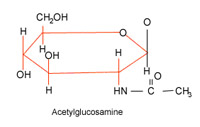
Open Learning - Biochemistry Course - Online Science School
- Essential knowledge for all human and animal science.
- Learn about lipids, proteins, enzymes, nucleic acids, thermoregulation, carbohydrate metabolism, absorption, acidity, alkalinity, chemical analysis.
- Study industry applications.
- Work towards a career in science
Please note some secondary school chemistry will be helpful though it is not essential.